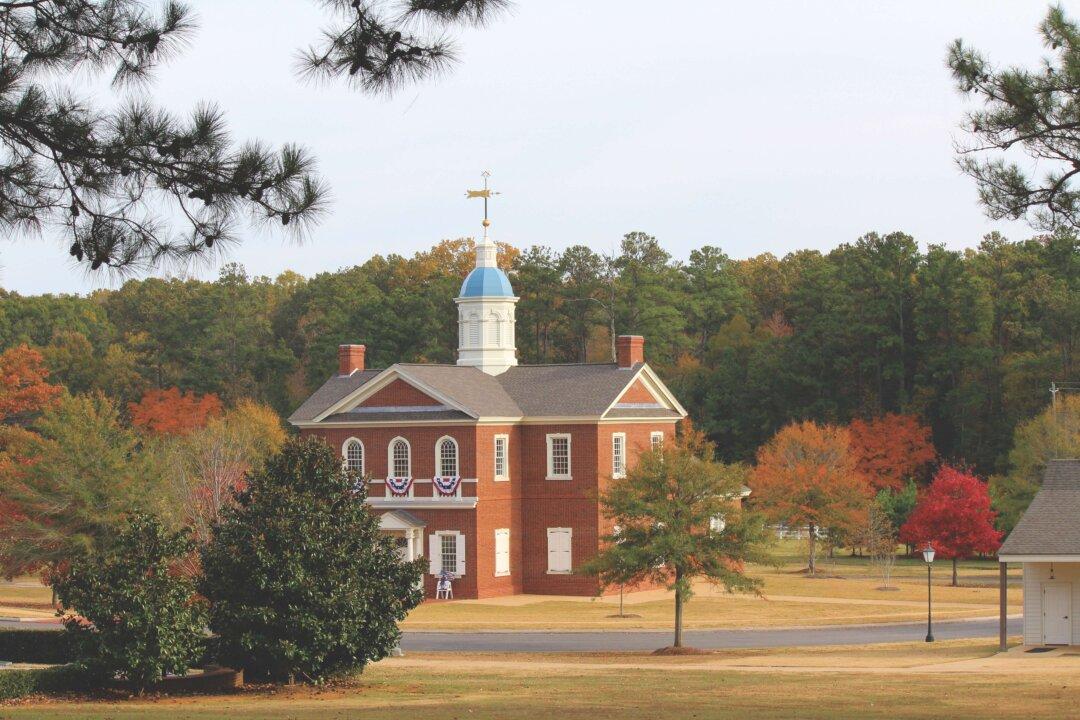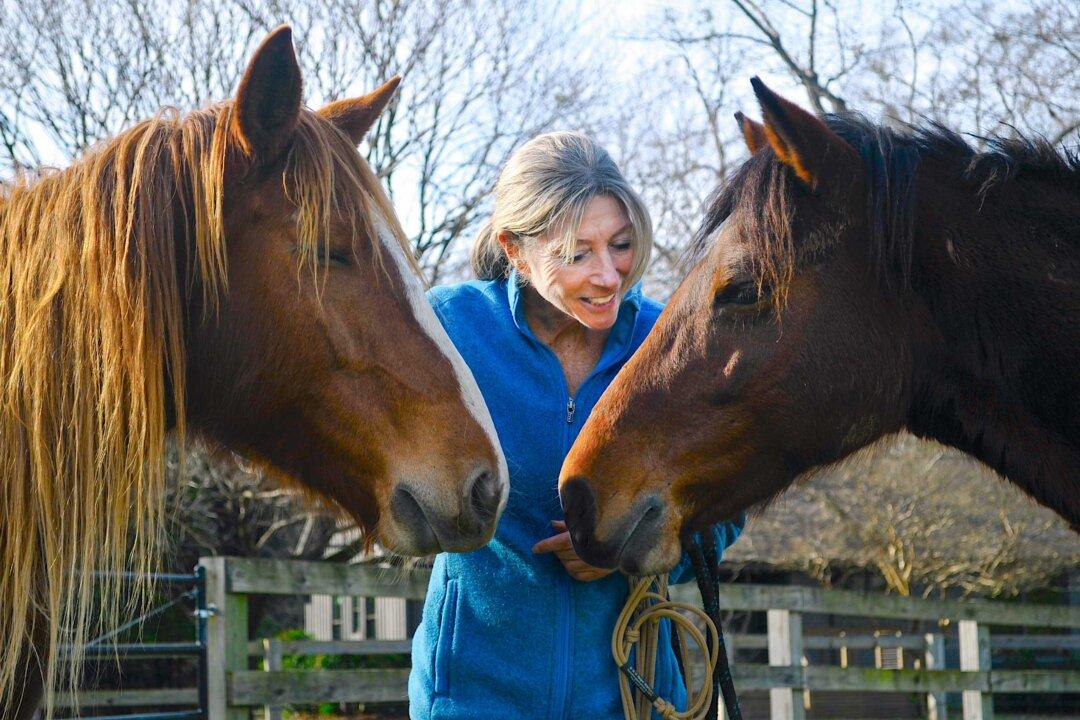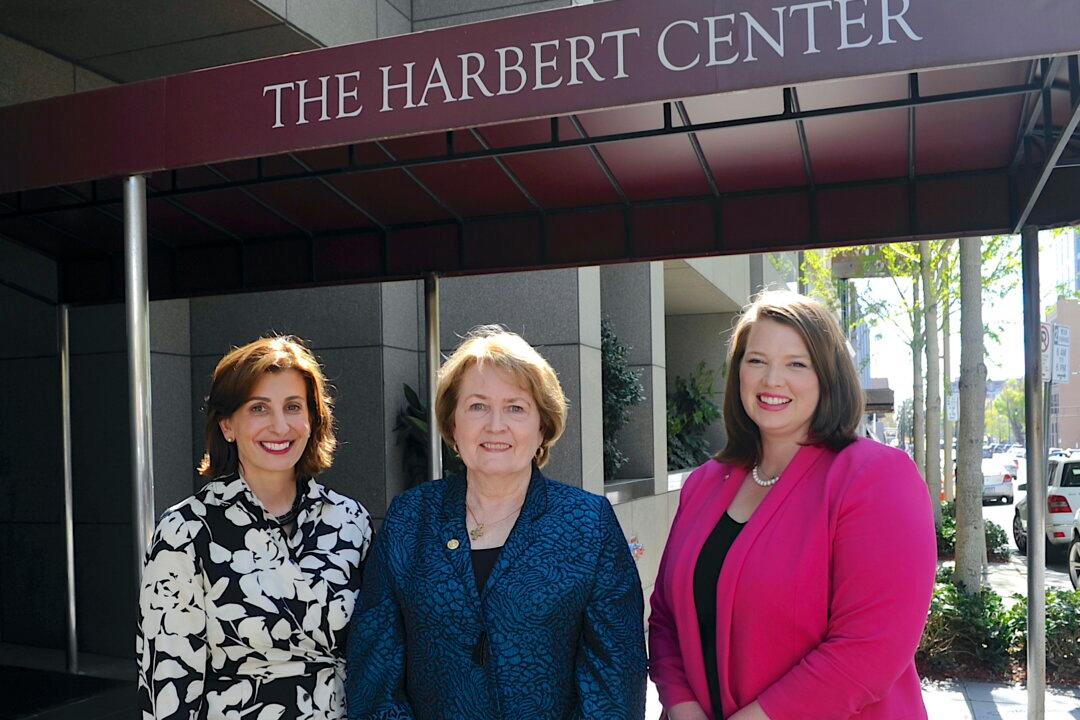The hall is grand, with hardwood floors and a high ceiling. A large portrait of George Washington greets visitors from the center of the main wall. The country’s first president looks regal, majestic. After all, he and a few leaders of the American Revolution penned a constitution that has given the United States a democratic legacy and history.
Many places around this country celebrate America, but down in Alabama near a small town called Montevallo, American Village beckons visitors to the country’s past with live demonstrations. “American Village is a snapshot of our country,” said Public Relations Manager Jeremy Ward. “Our history is for all of us. We are passionate about telling how our country came to be. As Americans, we all share the same story, and we want to tell this story here at American Village.”





